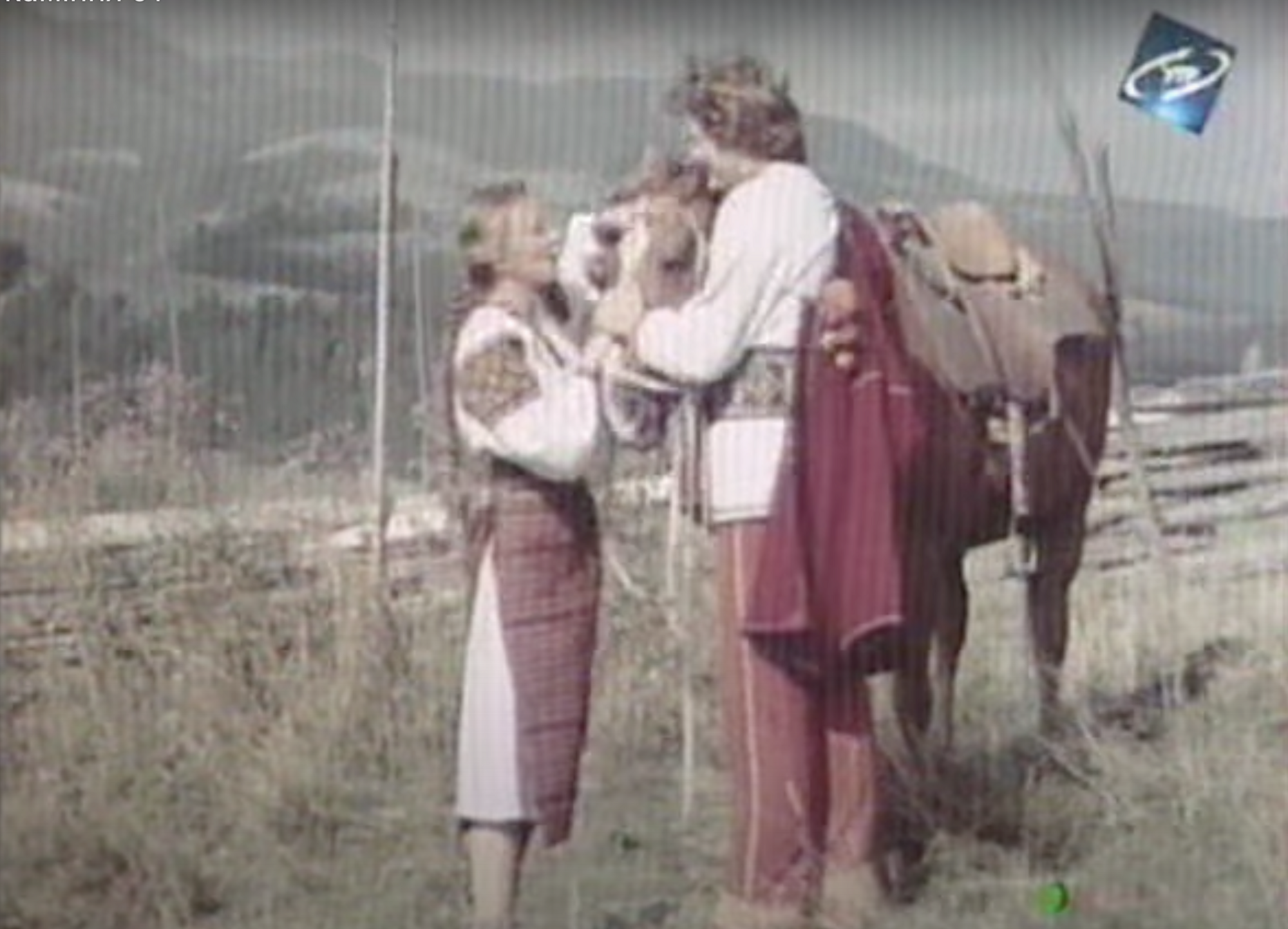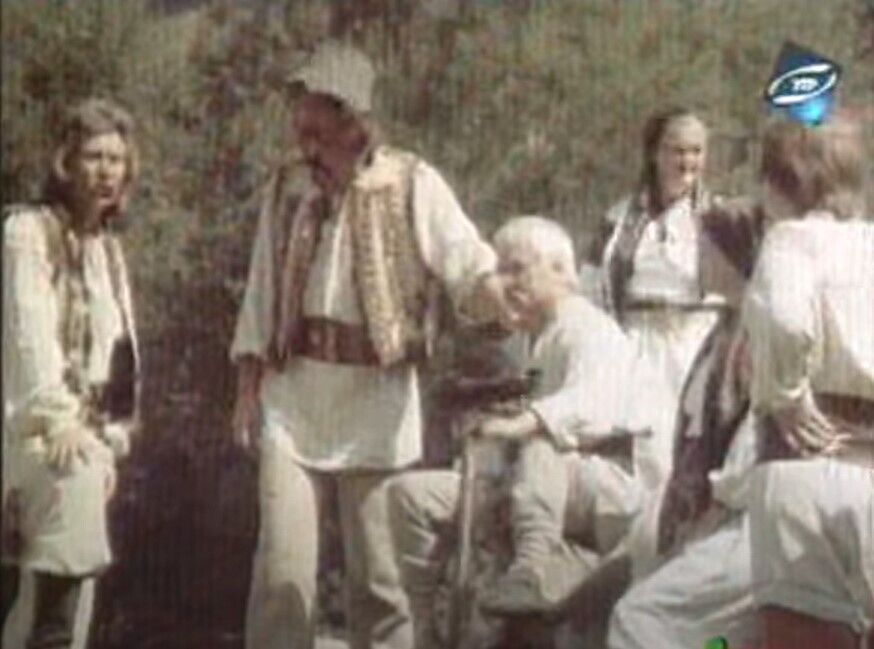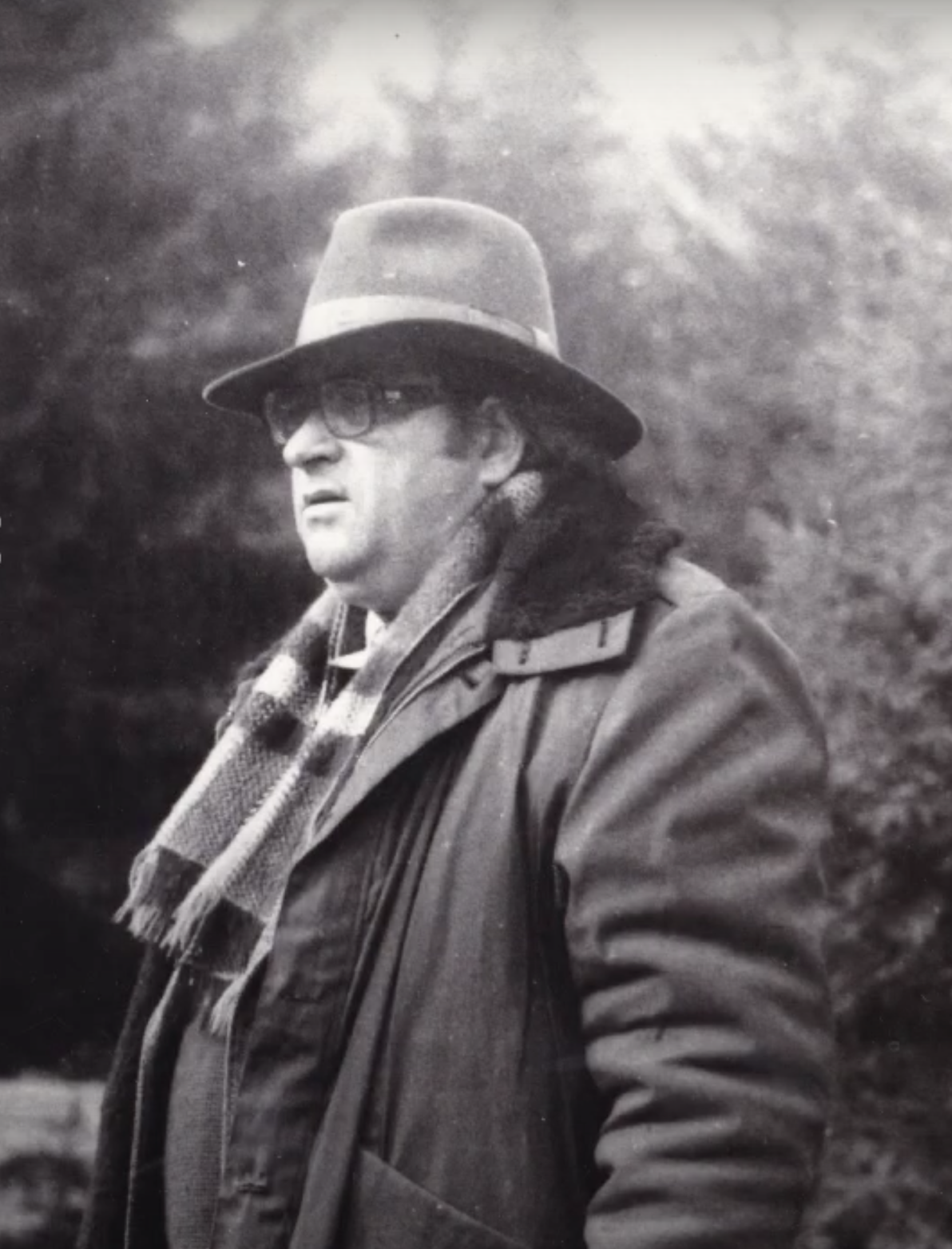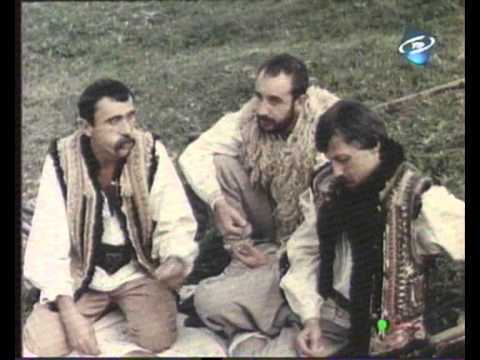News
How the first Ukrainian TV series Time to Collect Stones challenged the USSR and what happened to its main characters. Video.
On the eve of the historic referendum on Ukraine's independence in 1991, the UT-1 TV channel aired the first two episodes of the Ukrainian film product Time to Gather Stones, whose working title was And Thunder Will Strike. The director of the series, Volodymyr Androshchuk, really wanted Ukrainians to see the story he had filmed just before the referendum. He was sure that his work would help his countrymen make the right decision. So when 90.32% of citizens supported Ukraine's independence, the director saw it as his own victory.
"Time to Collect Stones" is the first Ukrainian ten-episode drama series about the events in a small Hutsul village in the late 19th century. OBOZ.UA decided to tell you about it and its creator, as well as their influence on Ukrainian culture, cinema and history in general.
"I tried to create an action-packed retrospective of Ukrainian life against the backdrop of human passions," Androshchuk himself said about his creation.
The plot of the series Time to Collect Stones introduces the viewer to a village located in the Cheremosh Valley in Prykarpattia and its inhabitants. Due to an unprecedented downpour, the river changed its course. In the end, the people's land ended up with a Polish man, Mr. Szymanski.
This is a story about the struggle of the local population against a natural disaster and its consequences, and at the same time about the struggle of Ukrainians for their national and social liberation.
The script is based on a well-known legend in the Carpathians about how the community of a Verkhovyna village outsmarted a Polish lord in the struggle for their land by changing the course of the Cheremosh River. With his film, Androshchuk wanted to demonstrate that the Ukrainian people are capable of turning mountains and even turning back rivers for their land and freedom.
Filming of the series began in the spring of 1990. The team, led by the director, who, due to insufficient funding, was also the stage manager, director and screenwriter, got to work with enthusiasm. Locals also helped: some with costumes, some with extras.
In August of the same year, the Verkhovna Rada of the Ukrainian SSR proclaimed Ukraine's independence, which was to be finally approved by a referendum. This became a motivation for the director and actors to work even faster and more fruitfully to show the result of their work to the Ukrainian audience on the eve of an important choice. At the same time, they decided to rename the series to Time to Collect Stones. This symbolic title-call was not chosen by chance. This is a biblical saying that has a literal meaning: before plowing and sowing a field, you have to gather stones from it.
Even before Ukraine's independence, Androshchuk had a clear understanding of how Soviet propaganda worked. According to the director, the impact on people through the cinematic product was incomprehensibly great. That is why he wanted to create a film that would later become a ten-episode series that could be used as a counterpoint to Soviet cinema.
"It's obvious that they hadn't read Lenin. Because if they had, they would have known that nothing contributed to the establishment of Bolshevik ideology in the young Land of Soviets like young Soviet cinema. It is the same today. The development of a new independent Ukrainian state must begin with the development of a new, national cinema and television. Only cinema can educate young people in the spirit of Ukrainian patriotism. Do they really not understand... or do they not want to understand," the director said.
"Time to Collect Stones shows true Ukraineness. Not the stereotypes that were broadcast during the Soviet era, but the richness and identity of the national culture. It was for this reason that Androshchuk was disliked by the Soviet authorities. And after the first two episodes were released in 1991, post-Soviet critics also failed to grasp the full depth of the Ukrainian film.
The rest of the episodes were completed by 1996, and all 10 episodes of the series were aired at the end of 1996 on the UT-1 TV channel. Reviews from critics and ordinary viewers were mostly positive. The public appreciated the entire ideological spectrum of the problems raised in the historical series, which Androshchuk extrapolated to the political situation in Ukraine.
In addition, it is worth adding that the director broke another "tradition" of the cinema of that time, which was to invite actors from Moscow and Leningrad to the set, while Ukrainian talents went unnoticed. Only Ukrainians play in Time to Collect Stones. As the director explained, the colorful and proud Hutsuls of Verkhovyna simply could not be portrayed by Russians.
Volodymyr Androshchuk died on February 17, 2004. He was 65 years old. Years pass, and the ten-episode film Time to Collect Stones remains the best feature film product of the Independence era.
As OBOZ.UA wrote earlier, in 2023, many films were released that were shot long before Russia's full-scale invasion. In the wake of interest in the domestic product and driven by the desire to bring money to the budget, many Ukrainians preferred films financed by the Ukrainian State Film Agency, which eventually helped the state earn UAH 31.4 million. Read the article to find out which films brought in the most money.
Only verified information is available on our Telegram channel OBOZ.UA and Viber. Do not fall for fakes!
































